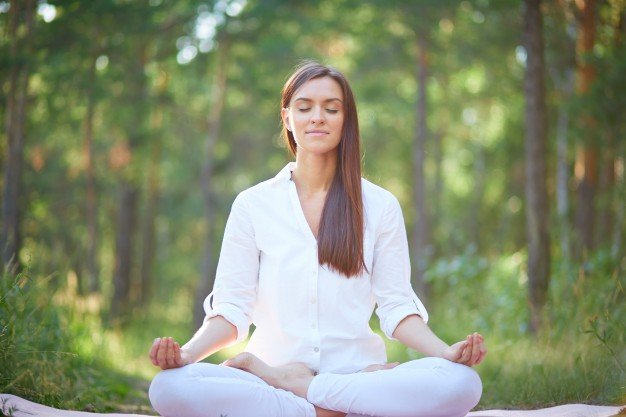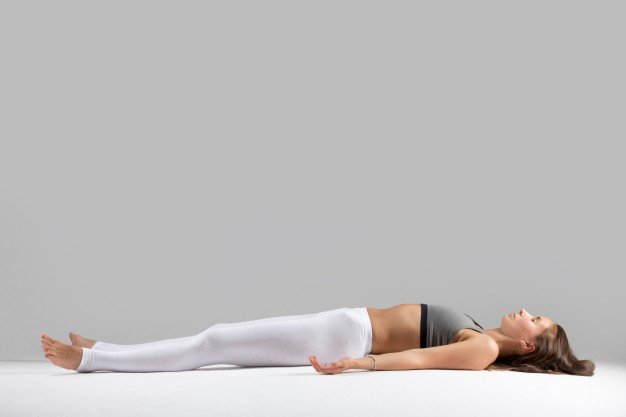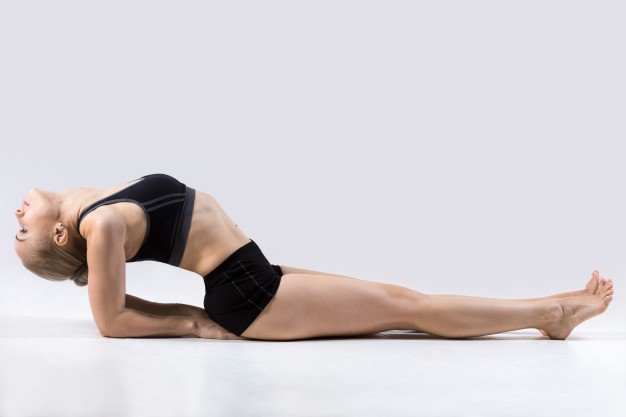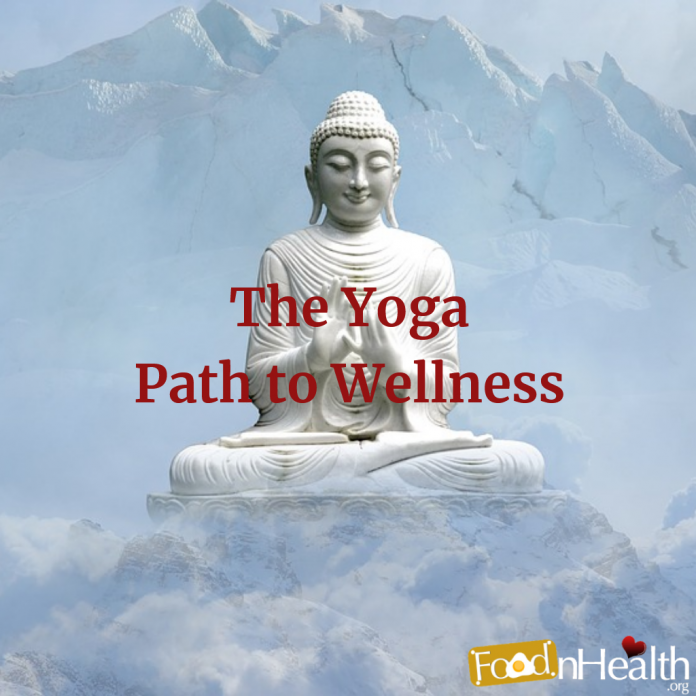Ever suffered from depression? Or went through a stressful experience in your life? Don’t worry; restorative yoga is here to help you. Yoga works on fine-tuning the mind-body connection, thus helping one achieve a balance between inner peace and mental health. In a longer-term perspective, yoga training combined with meditation can be beneficial in coping with mental ailments such as depression and anxiety.
Nowadays, mental fitness is widely gaining currency as a problem faced by modern society. Physical and mental fitness are the two components that need to combine well to develop a balanced approach to life. Considered one of the most potent tools to deal with stress, yoga brings balance to one’s body and soul.
A yoga training program can help people of all ages cope with stressful situations and emerge from them in a positive manner. It is a powerful medium in developing one’s personality and can also help prepare the young to face real-world challenges. In early childhood, Yoga helps students improve resilience, mood, and self-regulate actions concerning emotions and stress.
Restorative yoga is safer than most other exercises and is considered safe even for those recovering from surgery. It works by stimulating the body’s natural recuperative processes to heal and restore, repair damaged organs and tissue, digestion and sleep.
The following exercises are gentle and safe for most people. But still, for those recovering from an injury, it’d be better to consult a doctor and get approval before taking up yoga practice.
Rhythmic breathing
Rhythmic breathing can be the most efficient ally in one’s recovery process. With just 90 seconds of deep breathing, one can stabilize one’s heart rate and thus the blood pressure. This can also stimulate various aspects of your circulatory, nervous and endocrine systems that promote relaxation and restoration.

To achieve proper diaphragmatic breathing, one should focus attention on the lowest parts of the lungs and the corresponding movement of the lower-ribs. As you inhale deep, the lower ribs rotate, expanding outward, followed by inward rotation, moving in and down when you exhale completely.
Muscle relaxation
One can perform this exercise anywhere – be it standing, sitting or lying down. The objective is to actively introduce a sense of relaxation in your body by alternately tensing each specific area. This establishes an awareness and connection across all organs, and diaphragmatic breathing will aid the exercise.

While inhaling, close your eyes firmly while clenching teeth to tighten the jaw. Ensure that you draw in a deep breath, expanding every part of your ribcage. Hold onto your breath, creating tension in the chest, upper back and neck. Squeeze your hands into fists, tensing all the muscles of your arms. Squeeze the muscles of your bottom and pelvic floor thus tightening your abdomen.
Exhale to completely, releasing the built-up tension as you do so. Keep your eyes gently closed and soften your face, releasing the tightness in the jaw and tongue.
Legs up the wall

The pose of “Viparita Karani” or Legs-up-the-wall pose, is arguably the most recognizable and popular among the restorative yoga poses.
To assume this pose, sit on the floor with your right shoulder and hip a few inches from a wall. Lower your left shoulder toward the floor so that your back and head come to rest on the ground as you swing your legs upwards against the wall. If you find it difficult to position your legs straight upwards, you can modify the pose by bending your knees and resting them on a stool or chair seat.
Supported fish pose

Start off by lying supine and use a large pillow or cushion to bolster your upper body upwards. You need to ensure the entire upper back, shoulders, neck and head are positioned above the lower body in this pose. Extend your legs straight out, or for those suffering from low-back pain, bend your knees. Spread your arms outwards by the sides with palms open to create a welcoming sensation. This pose helps open up the chest, neck and shoulders, releasing tension. Being gentle is the key and always listen to your body.
These gentle poses and exercises can bring you a surprising lot of benefits. So much that you may be motivated to delve deeper into yoga practice. You can do so by joining a neighborhood yoga studio or taking off to a yoga retreat in Bali.
The Benefits of Regular Yoga Practice
While most physical exercise routines merely work on the muscles, yoga works to benefit the brain as well. Regular practice of yoga requires a lot of focus and core strength, which inculcates the art of regulating oneself. Sustained yoga practice can help in moderating emotional behavior leading to improved focus and attention.
The physical fitness required to keep one’s energy levels high throughout the day can be achieved through sustained yoga practice. Also, not only does yoga help one relax, but also improves the functioning of the brain that improves focus and the ability to retain information.
To derive the full benefits of yoga teacher training, one requires continuous practice, clear focus and a multi-disciplinary approach. A playful approach to yoga training is well recommended to keep monotony at bay. Regular yoga practice can reduce anxiety and stress levels in people, thus paving the way for a happy and healthy lifestyle.


























